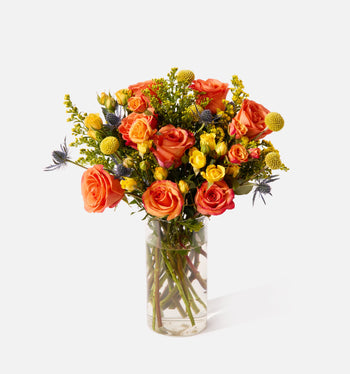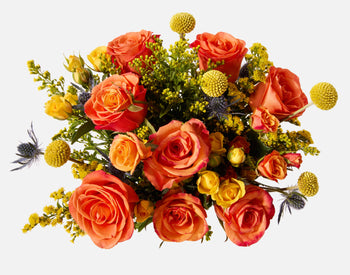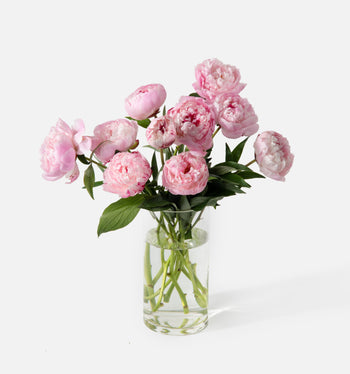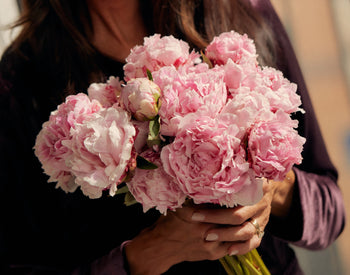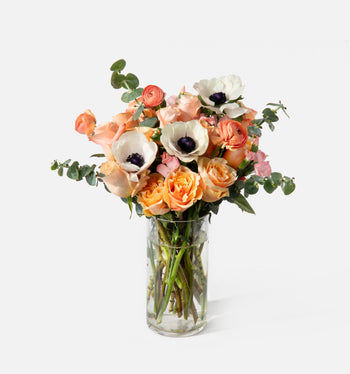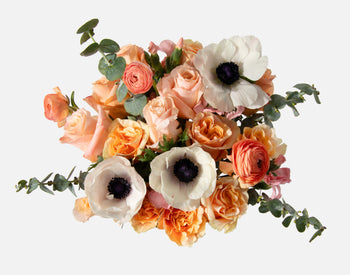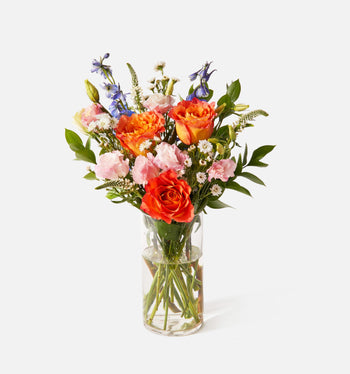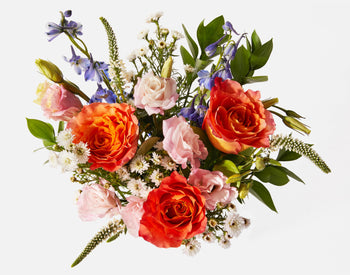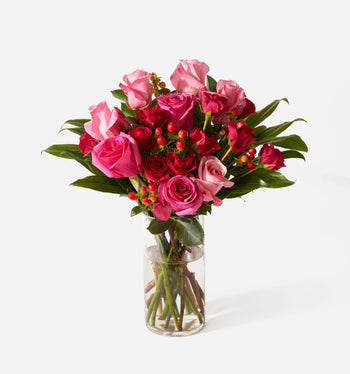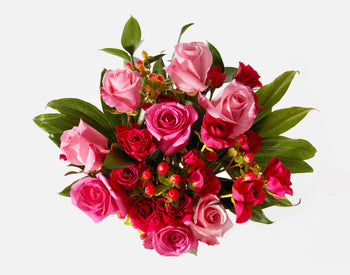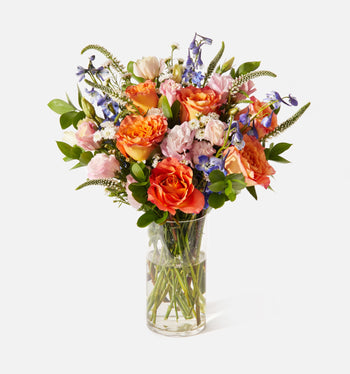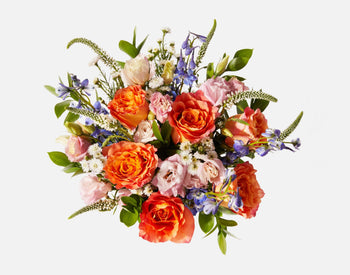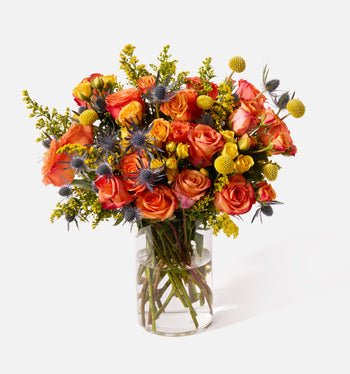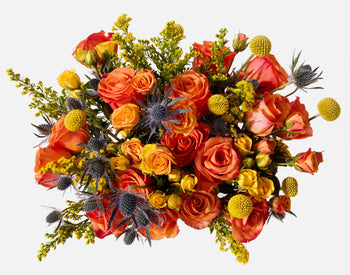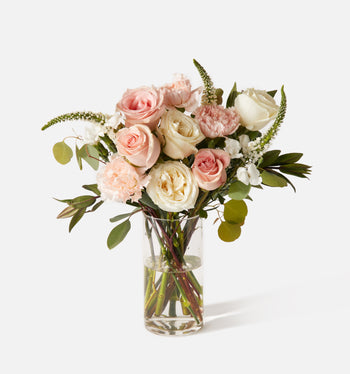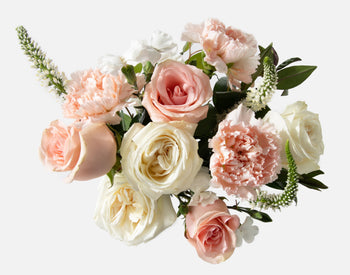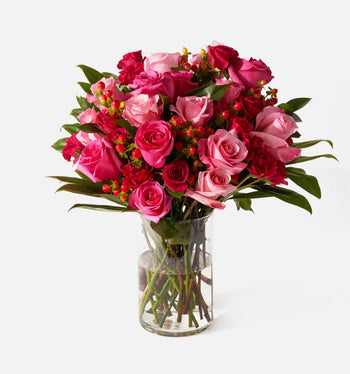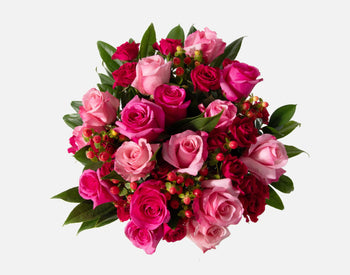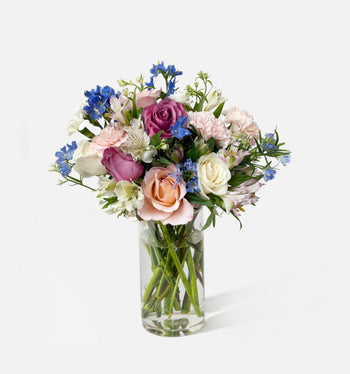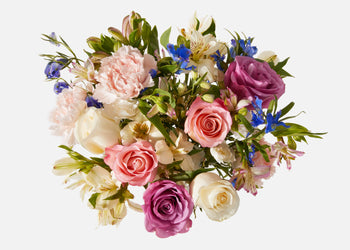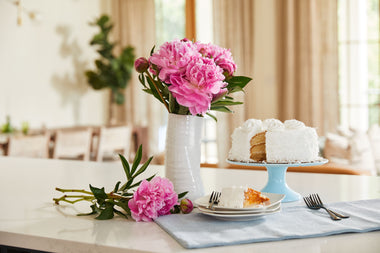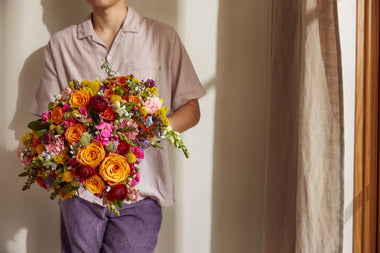Spring is famously a time of renewal. It marks the end of the winter and the beginning of warmer temperatures. Animals come out of hibernation, and birds return from their winter homes. Soil temperatures rise, making it possible for plants to grow again. The warmer temperatures encourage trees to sprout new leaves.
And let’s be honest: we’re ready for some warmer temperatures too! While winter certainly has its charms, the promise of warmer weather around the corner is something that excites and inspires most of us. This excitement for spring is partially biological in nature — during the shorter, darker days of winter, our bodies produce more melatonin, a hormone that makes us tired. As the days get longer, we produce less of this hormone, which translates to more energy.
Doing some spring cleaning is a great way to use some of that excess energy. And the flowers and plants in your living space might be among the things that could use a makeover. Here are some tips for what to do with the flowers and plants that might not have made it through the winter.
Spring Cleaning: What To Do With Dead Flowers and Plants
- Clean Up and Compost
- Drying and Preserving
- Deadheading Your Bulbs
- Revitalizing Your Space
Some of the best things about spring cleaning are the psychological benefits it provides. Our tendency to hibernate over the winter means that our living spaces often feel cluttered and stuffy by the time the cold season comes to a close. Research shows that having a messy or cluttered living space causes stress and leads to feelings of being overwhelmed. It follows, then, that spring cleaning is a great way to enhance your mood and reduce your stress levels.
So what to do with those dead flowers and plants? Well, before you just dump everything into the garbage and haul it to the curb, consider the possibility of composting. Composting is the process of converting old or dead organic materials into rich soil. Recycling your organic waste and turning it into something usable is the perfect springtime project — the world is renewing itself around you, and you are taking an active role in the process!
Before you start, there are a couple of things to consider. First, you need a space to store your organic waste: a compost pile or bin. Second, you’ll want to do a bit of research. To make good compost, you need a mix of green materials (kitchen waste, like vegetable and fruit scraps) and brown materials (your plant clippings, shredded paper, or cardboard). And you’ll need a bit of time. It can take six months until your compost pile turns into usable soil.
If you decide you’re up for the challenge, set yourself up with a trash bag and a compost bag to start. As you deadhead or de-pot your plants, keep an eye out for any flowers or plants that look diseased. If your flowers or leaves have spots, mold, or fungus, go ahead and discard them in the trash bag. You’ll also want to throw out the soil that held these plants. Adding these to your compost could spoil the entire batch. But for any plant that was healthy before it died, add the remains to your compost bag.
If you’ve got a bouquet you just can’t bring yourself to compost, another option is to preserve your dead flowers by drying them. Dried flowers can be used for a variety of decorative purposes, giving your favorite flower arrangement a second act.
The process of drying flowers is actually relatively simple. The first step is to remove them from their vase and cut any foliage from the stem. You can trim the stems as well, but you want to leave at least six inches. Next, find a dark, dry environment where you can store them for two to four weeks, ideally a place where they’ll get a bit of airflow. Hang the flowers upside down — you can use a piece of string or wire to hang them from a closet rod or hanger. This step will work best if you hang each flower individually.
Your flowers should be completely dry in two to four weeks. Take them down and give each a quick spray with some unscented hairspray to protect the petals. Voilà! You’ve got a beautiful bouquet of dried flowers that should last for about a year, provided you keep them away from water and direct sunlight. You can create your own arrangement and display it in a vase, make a simple wreath or garland with the dried blooms, or add some essential oils to the petals and create a homemade potpourri.
If you’ve got flowers that did make it through the cold season, like violas or pansies, spring is a great time to give them some renewed care. Deadheading might sound like a potentially unsavory activity that takes place in the parking lot outside a Grateful Dead show. But it’s actually quite a bit simpler than that (and not unsavory at all!). Deadheading refers to the process of pruning old flowers from plants. Getting rid of dead or dying blooms will not only make your plant look healthier but will also promote the growth of new flowers (depending on the type of flower).
You’ll want to pinch or cut off the stem just below the dead flower and just above the highest set of healthy leaves. If it’s a plant that grows multiple flowers on one stem, you can cut back the entire stem if all the flowers have finished blooming. If it’s a once-blooming flower, the plant won’t produce more flowers, but it will look healthier with the dead bulbs gone.
One of the main benefits of spring cleaning is feeling like you’ve got a fresh start with the space around you. Cleaning your space can unlock your creativity and put you in the mood for redecorating and changing up the look and feel of your home. Some spring flowers can be an ideal complement to your new look, adding a pop of color and style.
The Lisie is a bouquet that just might help you create the springtime environment you’re looking for. This delicate arrangement of lilies, lisianthus, and lavender will bring a light and airy mood to any room. And its fresh scent will help push out any lingering memories of winter.
Likewise, the peaches and blues in The Sicily will help transform your place into something that feels completely fresh. A touch of greenery combines perfectly with the roses and ranunculus in this arrangement to create a vibe worthy of an outdoor Italian cafe.
And there are plenty more flower arrangements and potted plants at UrbanStems that can serve as an inspiration for your spring cleaning and redecorating this year. Check out the entire spring collection to find the perfect fit for your freshly clean space!




